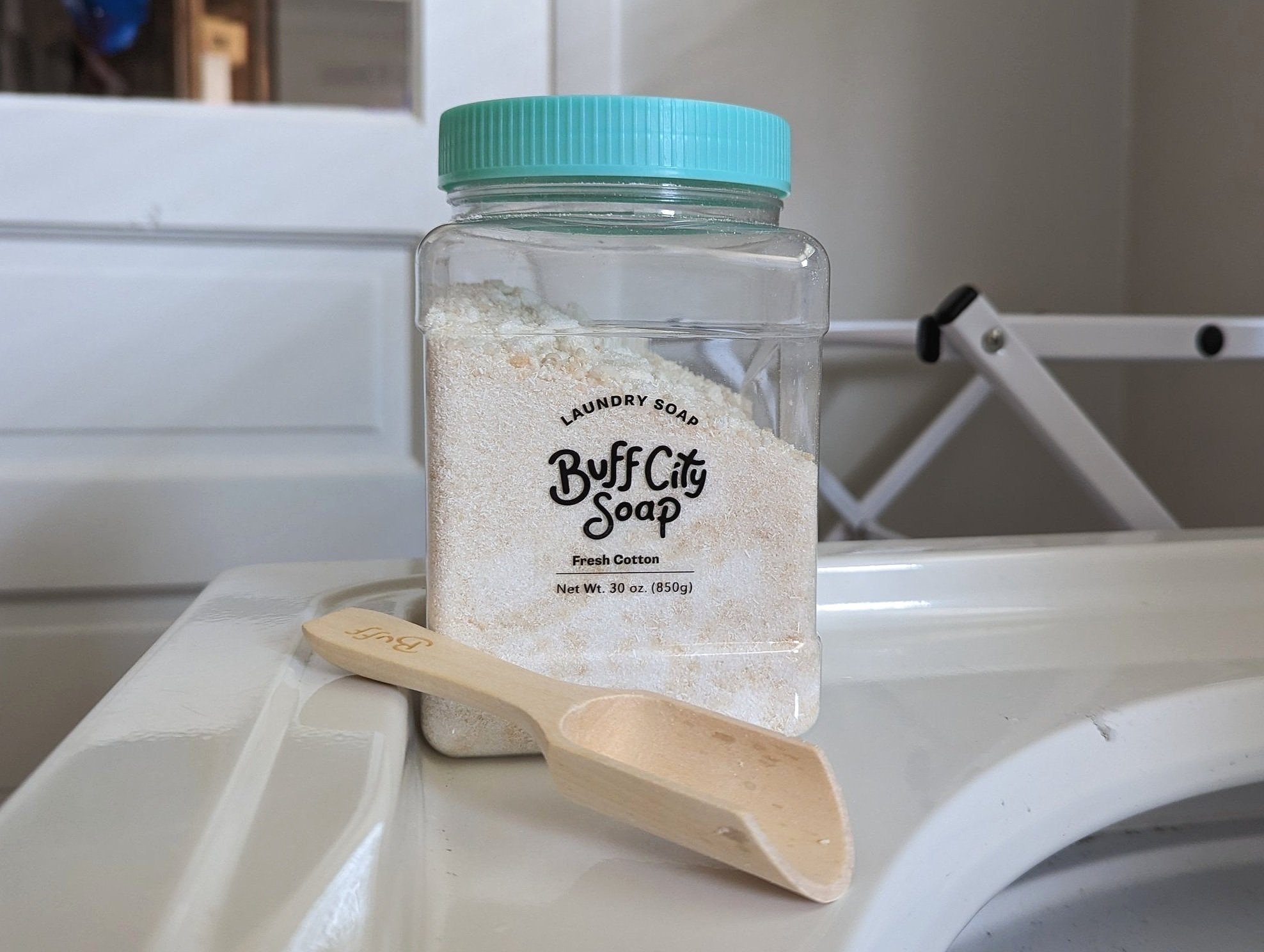5 Easy Eco-Friendly Swaps
Sometimes minimalism goes hand-in-hand with going green. Maybe you are tired of that ever-growing bag of grocery bags in your kitchen. Or your recycling bin is filling up with plastic containers. Want to reduce your single-use plastic consumption? Here are 5 great ways to start.
Reusable grocery bags > Plastic
Did you know: It takes up to 1,000 years for a plastic bag to break down. On average, one plastic shopping bag is used for just 12 minutes.
This might be my favorite eco-friendly swap. Reusable bags are inexpensive; I've gotten most of mine for free as 'swag' at one event or another. They're usually easy to find - your grocery store probably sells them. Another selling point for me is that a reusable bag holds more stuff. I'm usually just shopping for myself, but I love walking out of the grocery store with only 2 big bags!
Double down on lowering plastic bag use by getting reusable fruit and veggie bags, too. Then take it to another level by bringing your reusable bags on non-grocery shopping trips.
Cloth towels > Paper
Upcycle that old tshirt or stained washcloth into reusable cleaning towels! I keep separate stashes for kitchen and bathroom surfaces. Just toss them in the washer and dryer for cleaning. If you don't have anything to upcycle into cleaning cloths, you can find 'unpaper towels' on Etsy (I use marleysmonsters) or buy cotton fabric to make your own. Reusable cloth towels will save on all the plastic wrapping that paper towels come in, and could save you money over time.
This has not been a 100% swap for me because there are still certain messes that feel more sanitary to clean up with a paper towel and throw it in the trash.
Travel mug > Paper or plastic coffee cups
If you're a coffee or tea drinker (or any daily morning beverage), a travel mug can make a large impact. Not only does this swap save plastic waste, but beverages will stay cold or hot for so much longer. I recommend using a brand that has great insulation and leak resistance.
Bonus tip: Many coffee shops will give a discount for using your own mug.
Bar soap > Liquid
Bar soap is a great swap for both the sink and the shower. It has a lower carbon footprint due to a number of factors:
Lower plastic use in packaging - you can find many bar soaps packaged using paper.
Less water within the product - which means less water use in manufacturing and less water taking up space and weight while product gets shipped around.
It is also more cost effective, as we tend to use more soap when it's in liquid form.
Powder laundry detergent > Liquid
My newest lower-waste swap is powdered laundry detergent. Similar to the bar vs liquid soap question, the eco advantage for powder is the lack of water. In most cases there is less plastic packaging as well. I got my detergent at Buff City Soap (Store locator), which comes in a plastic tub, but they will refill it for me when the time comes!
For best results when using powdered laundry detergent, I had to adjust my process steps. These steps are for my top-load traditional agitator washer (water does not fill based on clothing weight like some newer washers!).
I let the empty drum fill with a little water before adding in the detergent. Then, I let the detergent dissolve in the water for about 10 seconds before adding clothes. This ensures all the powder mixes into the water.
Tip for washers with weight based water fill - Clothes have to go in first, but you still want to ensure the powder dissolves. While the washer fills with water, mix the powder with some water in a separate container and then add to the drum.
Research what steps will work best with the washer you have; the important part is the water being able to dissolve the powder rather than the powder being sprinkled directly onto the clothes.


